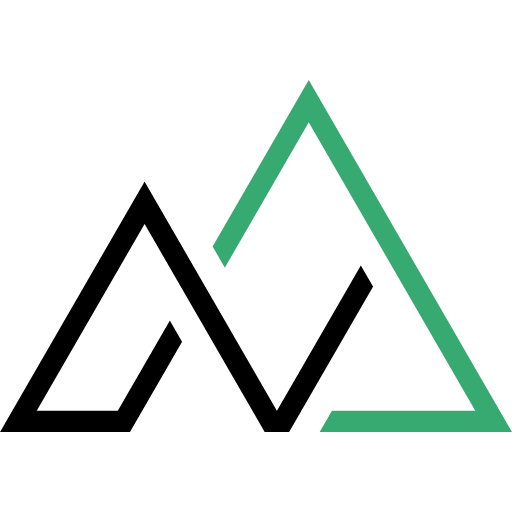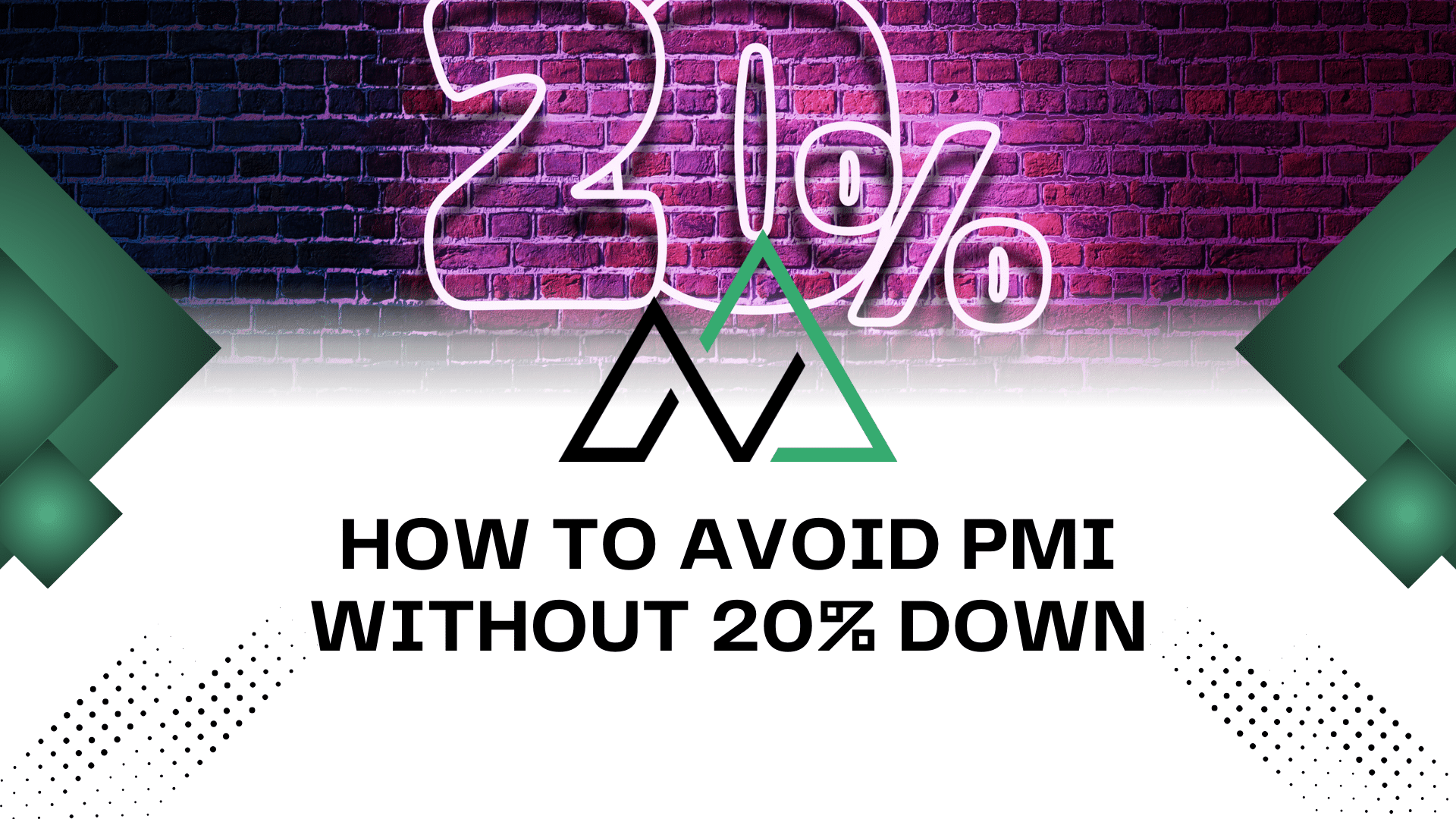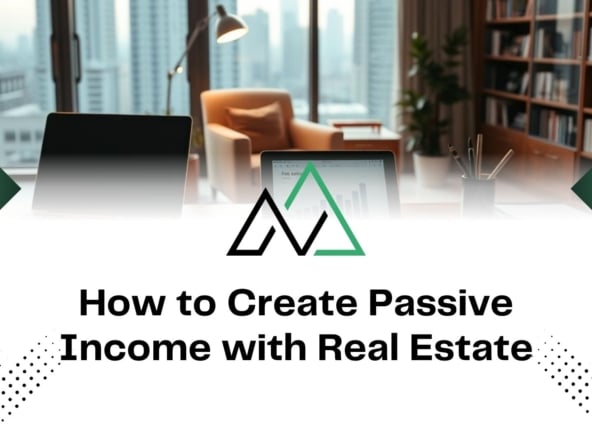Buying a home often involves navigating complex financial terms, and private mortgage insurance (PMI) is one of them. For many Canadian homebuyers, PMI adds significant costs to monthly payments. But what if there’s a way to secure a mortgage while minimizing this expense? This guide explores practical strategies to achieve that goal.
PMI protects lenders if a borrower defaults on their loan. It typically applies when the down payment is less than 20% of the home’s value. While it enables buyers to purchase property sooner, the added insurance fees can strain budgets over time. Understanding alternatives—like lender-paid options or piggyback loans—helps maintain affordability without delaying homeownership.
New Homes Alberta, a trusted resource for real estate advice, emphasizes the importance of knowing terms like loan-to-value ratio and equity. Their mortgage advisors, reachable at (403) 305-9167, highlight how tailored solutions can align with individual financial situations. This article breaks down actionable steps, combining industry insights with local expertise.
Key Takeaways
- PMI increases monthly mortgage costs but isn’t always unavoidable.
- Multiple strategies exist to reduce or eliminate this insurance requirement.
- Lender-paid mortgage insurance and piggyback loans offer flexibility.
- Key terms like equity and appraisal impact eligibility for alternatives.
- Expert guidance from firms like New Homes Alberta simplifies decision-making.
Introduction to Private Mortgage Insurance
Understanding mortgage-related costs is crucial for buyers aiming to optimize their financial commitments. Private mortgage insurance (PMI) often emerges as a key factor when purchasing property with less than 20% down. This section clarifies its mechanics and long-term implications.

What Is PMI and Why It Matters
Private mortgage insurance acts as a safety net for lenders if borrowers default. It becomes mandatory when the down payment falls below 20% of the home’s value. For example, a $400,000 property with 10% down requires coverage for the remaining $80,000 gap. Rates typically range from 0.5% to 6% of the loan amount annually.
While PMI enables homeownership sooner, it adds $100–$400 monthly to payments. This cost depends on credit scores, loan type, and the lender’s risk assessment. Tip: Stronger credit profiles often secure lower premiums.
Impact on Monthly Mortgage Payments
Consider a $300,000 mortgage with 5% down. At 1% PMI, the annual fee is $2,850—adding $237.50 to each payment. Over five years, this totals $14,250. Such expenses reduce budget flexibility for repairs or savings.
- PMI cancellation requires 20% equity through payments or appreciation.
- Lenders may automatically remove it once equity reaches 22%.
- Refinancing or home improvements can accelerate equity growth.
Though PMI protects lenders, buyers benefit from earlier home access. Strategic planning helps minimize its duration while maintaining cash flow.
Understanding the Loan-to-Value (LTV) Ratio
When securing a mortgage, your LTV ratio can dictate insurance requirements. This metric compares the loan amount to the property’s appraised value. For instance, a $300,000 home with a $270,000 mortgage has a 90% LTV. Lenders use this percentage to assess risk—higher ratios often trigger private mortgage insurance.
How LTV Influences Insurance Costs
A ratio above 80% typically requires mortgage insurance. Why? The lender’s exposure increases if equity is low. Data shows premiums rise by 0.25%–0.5% for every 5% increase in LTV. Borrowers with 85% LTV might pay $1,200 annually versus $900 at 80%.
Equity Growth and PMI Removal
Home value appreciation and principal payments reduce LTV over time. Suppose your property’s worth jumps from $300,000 to $330,000. A $270,000 loan now reflects 81.8% LTV—closer to the 78% threshold for cancellation. Regular appraisals help track progress.
- LTV Formula: (Loan Amount ÷ Appraised Value) × 100
- Equity gains through renovations may lower LTV faster
- Automatic PMI termination occurs at 78% LTV via scheduled payments
Pro Tip: Canadian homeowners can request PMI removal once their equity reaches 20%, verified by a current appraisal. Monitor local market trends—rising prices accelerate equity growth naturally.
How to Avoid PMI Without 20 Down
Mortgage insurance costs can weigh heavily on budgets, but alternative financing paths exist. Two practical approaches—lender-paid insurance and piggyback loans—offer flexibility for buyers prioritizing cash flow.
Lender-Paid Mortgage Insurance Explained
Lender-paid mortgage insurance (LPMI) shifts the insurance cost from monthly payments to the loan itself. Instead of recurring fees, lenders cover the premium in exchange for a slightly higher interest rate. For example:
| Option | Interest Rate | Monthly Payment | Total Cost Over 5 Years |
|---|---|---|---|
| Standard PMI | 3.5% | $1,347 + $150 PMI | $89,820 |
| LPMI | 3.75% | $1,386 | $83,160 |
While LPMI eliminates separate insurance payments, the rate increase adds $39 monthly in this case. Over time, this could cost more if you keep the loan beyond 10 years. Key takeaway: LPMI works best for those planning to refinance or sell within a decade.
The 80-10-10 Piggyback Loan Approach
This strategy uses two loans: a primary mortgage for 80% of the home’s value and a second loan for 10%, with 10% down. It avoids mortgage insurance entirely. Consider a $400,000 property:
- Primary loan: $320,000 at 4% ($1,528/month)
- Second loan: $40,000 at 5.5% ($227/month)
- Total payment: $1,755 vs. $1,847 with PMI
“Piggyback loans require strong credit but provide immediate equity. They’re ideal when cash reserves are limited upfront.”
Though the second loan often has a higher rate, savings accumulate once PMI is removed. Buyers should compare closing costs against long-term insurance expenses.
| Factor | LPMI | Piggyback Loan |
|---|---|---|
| Upfront Cost | None | Higher closing fees |
| Monthly Savings | $150 | $92 |
| Best For | Short-term owners | Long-term owners |
Evaluate your timeline and financial goals. Tools like amortization calculators clarify break-even points between strategies.
Alternative Financing Options to Eliminate PMI
Exploring alternative financing methods opens doors to homeownership without monthly insurance burdens. By combining creative loan structures with specialized programs, buyers sidestep traditional mortgage insurance requirements.
Second Mortgage Tradeoffs
A second mortgage supplements your primary loan, covering part of the down payment. This approach bypasses insurance but often carries higher interest rates. For instance:
| Option | Rate | Monthly Cost | 5-Year Total |
|---|---|---|---|
| PMI | 3.5% + 0.85% PMI | $1,795 | $107,700 |
| Second Mortgage | 4.25% + 6.5% | $1,831 | $109,860 |
While monthly payments rise slightly, long-term savings emerge once the second loan matures. Buyers save $15,000+ over 30 years by eliminating insurance fees.
Veteran and First-Time Buyer Programs
Government-backed loans offer built-in insurance alternatives:
- VA loans require zero down payment and no mortgage insurance
- Canada’s First-Time Home Buyer Incentive shares equity costs
- FHA loans permit 3.5% down but include upfront mortgage insurance premiums
Rate Type Considerations
Adjustable-rate mortgages (ARMs) initially lower payments but risk future increases. Fixed rates provide stability but may limit short-term savings. Compare scenarios:
| Factor | 5/1 ARM | 30-Year Fixed |
|---|---|---|
| Initial Rate | 3.25% | 4.1% |
| Max Rate | 8.25% | 4.1% |
| Best For | 5-7 year ownership | Long-term stability |
Consult mortgage advisors to assess credit requirements and payment thresholds. Personalized strategies align financial goals with market conditions.
Assessing Home Value and Future Appreciation
Property values play a pivotal role in managing mortgage-related expenses over time. Tracking equity growth through market shifts allows homeowners to capitalize on opportunities for financial relief. Let’s explore how appraisal data and regional trends influence insurance decisions.
Leveraging Appraisals for Insurance Cancellation
An updated appraisal can demonstrate increased equity, potentially qualifying borrowers for private mortgage insurance removal. For instance, a $500,000 home purchased with 15% down initially carries an 85% LTV. If the property appreciates to $550,000, the LTV drops to 77%—below the 80% threshold for cancellation.
- Request a formal appraisal after major renovations or market upswings
- Lenders typically require proof of structural improvements for value adjustments
- Appraisal fees range from $300–$600 but often yield long-term savings
Canadian Market Dynamics
Recent data shows varying appreciation rates across provinces. Urban centers like Toronto and Vancouver saw 5-7% annual growth, while Calgary experienced 12% surges due to energy sector expansion. These fluctuations directly impact equity calculations.
| Region (2023) | Avg. Appreciation | Equity Gain on $500k Home |
|---|---|---|
| Ontario | 6.2% | $31,000 |
| British Columbia | 5.8% | $29,000 |
| Alberta | 11.9% | $59,500 |
| Quebec | 4.3% | $21,500 |
“Timing your appraisal during peak market cycles maximizes equity recognition. We advise clients to monitor quarterly housing reports from the Canadian Real Estate Association.”
Homeowners in high-growth areas could eliminate insurance 2-3 years faster than anticipated. Combine regular payment schedules with market gains for optimal results. Consult lenders annually to reassess your position.
Expert Tips and Guidance from New Homes Alberta
Navigating mortgage options requires strategic insights tailored to individual financial landscapes. New Homes Alberta’s advisors simplify this process by matching buyers with solutions that align with market trends and personal goals.
Tailored Strategies for Equity Growth
Mortgage experts emphasize three core approaches to minimize insurance costs:
- Piggyback loans: Combine primary and secondary financing to bypass monthly fees.
- Appraisal timing: Request valuations during market peaks to accelerate equity recognition.
- Lender negotiations: Explore rate trade-offs for bundled insurance coverage.
For example, a $450,000 home with 15% down could use an 80-10-10 structure. This avoids $220/month in premiums while keeping payments predictable.
| Strategy | Upfront Cost | 5-Year Savings | Risk Level |
|---|---|---|---|
| Piggyback Loan | $2,500 | $13,200 | Medium |
| Lender-Paid Insurance | $0 | $9,000 | Low |
| Accelerated Appraisal | $400 | $8,500 | Low |
Customized Support for Canadian Buyers
New Homes Alberta’s team analyzes credit profiles, regional housing trends, and loan terms to identify optimal paths. Their advisors frequently highlight:
“Combining a fixed-rate mortgage with annual lump-sum payments reduces interest costs while building equity faster. This dual approach often eliminates insurance requirements within 4-5 years.”
Proactive communication with lenders is key. Many borrowers qualify for PMI removal earlier than expected by submitting updated appraisal reports.
For scenario-specific guidance, contact New Homes Alberta at (403) 305-9167. Their advisors provide free consultations to clarify options like refinancing thresholds or government-backed programs.
Conclusion
Securing a mortgage with manageable payments requires strategic planning and knowledge of available options. By understanding loan-to-value ratios, leveraging property appraisals, and exploring lender-paid or piggyback loans, buyers can significantly reduce long-term costs. These approaches often save thousands annually while accelerating equity growth.
Proactive steps like monitoring home value trends and negotiating loan terms help eliminate unnecessary insurance fees. Partnering with experienced advisors ensures alignment with regional market dynamics and financial goals. For example, homeowners in Alberta’s booming markets could achieve 20% equity faster through appreciation alone.
New Homes Alberta specializes in crafting mortgage solutions tailored to individual budgets and timelines. Their team simplifies complex decisions—from comparing interest rates to evaluating loan structures. Contact them at (403) 305-9167 for personalized guidance.
Every dollar saved on insurance costs enhances financial flexibility. Start exploring alternatives today to build equity efficiently and own your home with confidence.





